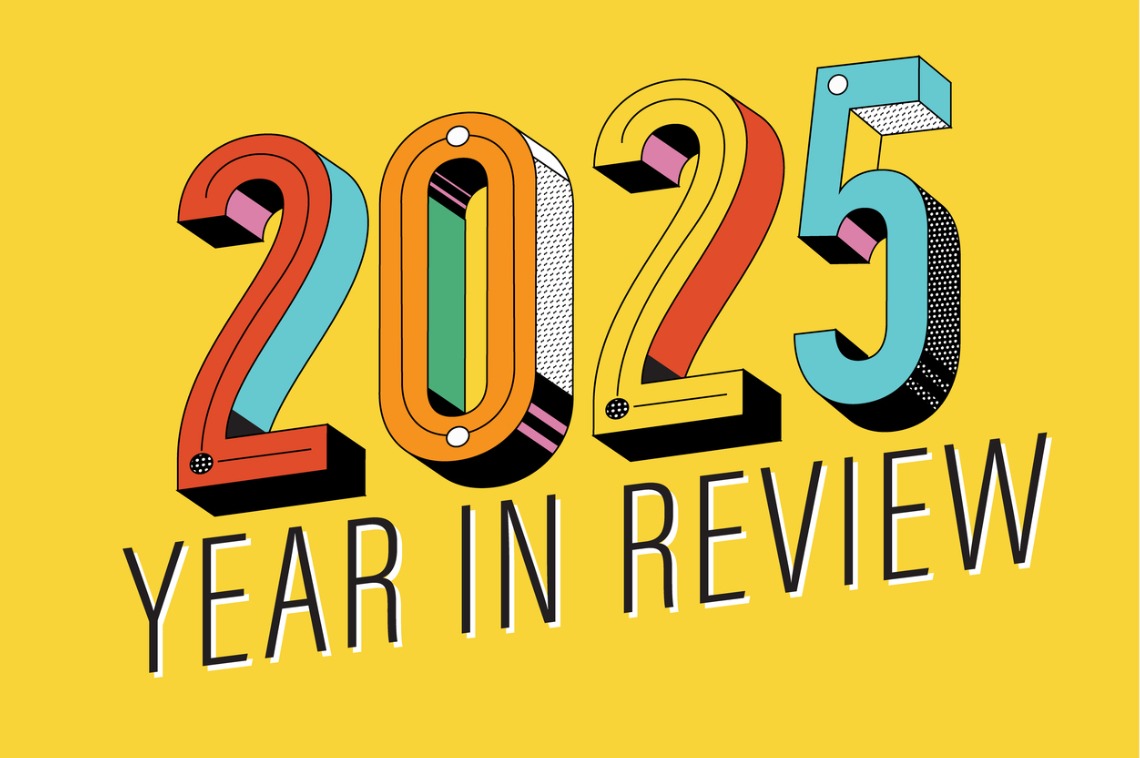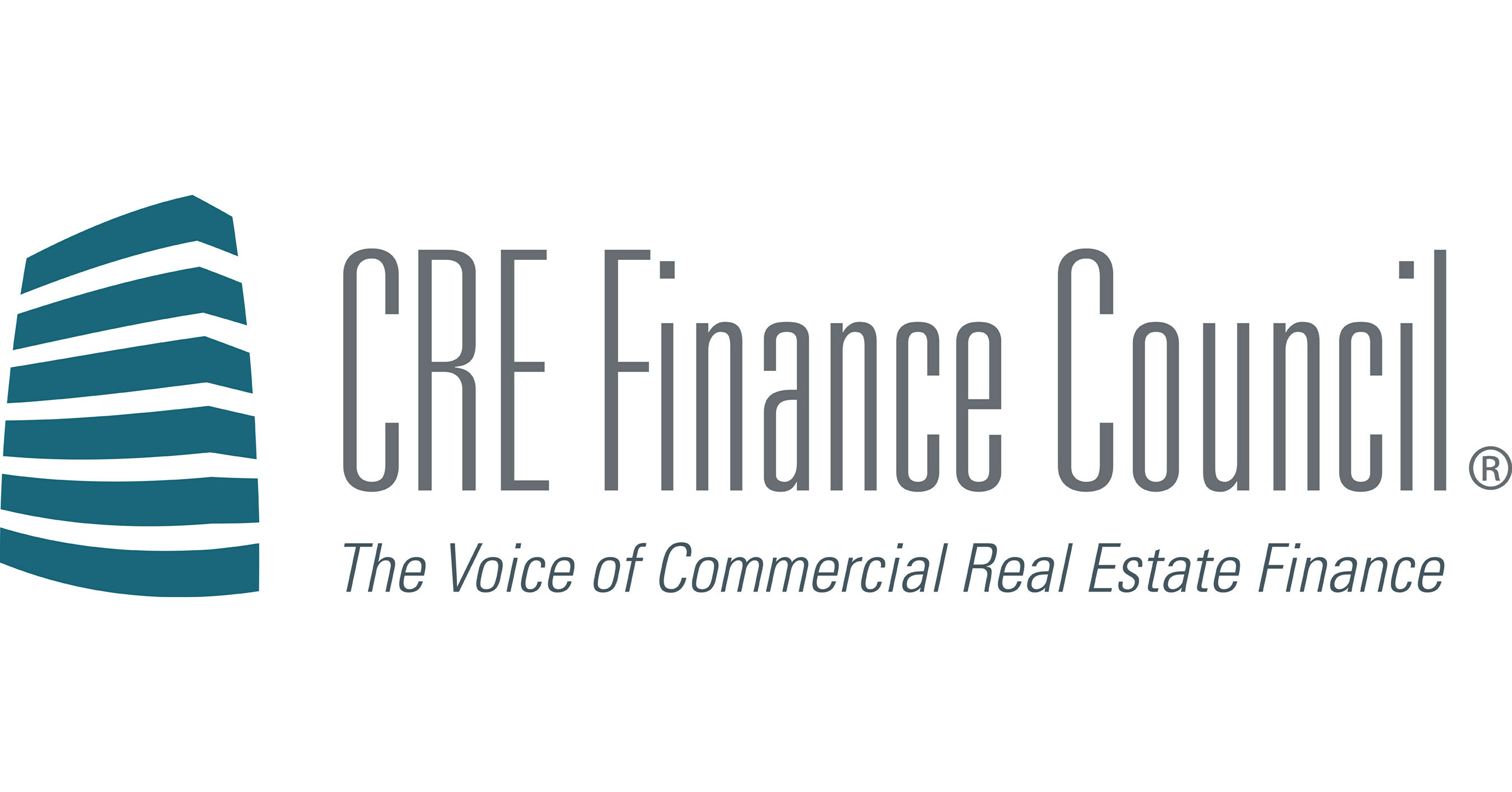E
conomic forecasters convened on the last day of the ULI Fall Meeting at San Francisco’s Moscone Convention Center to review the current economic climate and project future trends. The discussion was anchored by the ULI Real Estate Economic Forecast, a semiannual survey that gathers insights from top industry experts on 33 key economic and real‑estate indicators for 2025, 2026, and 2027.
**Panelists**
- **Ken Rosen** – Managing Director, Andersen (moderator)
- **Emi Adachi** – Managing Director & Co‑Head of Global Research, Heitman
- **Tom Errath** – Managing Director, Harrison Street
- **Sabrina Unger** – Managing Director, Head of Research & Strategy, American Realty Advisors
**Consensus Outlook**
Rosen opened with the consensus forecast: GDP growth is expected to hover around 2 % over the next three years, a sharp decline from the post‑COVID boom. He projected 3.8 % growth for the current quarter, emphasizing the need to monitor emerging trends and warning of potential downside risks as 2026 approaches.
Adachi echoed the consensus but added a cautiously optimistic tone. She expects modestly higher growth in 2026 and beyond, citing upcoming policy shifts, deregulation, and advances in artificial intelligence. She highlighted the importance of high‑income consumers for sustaining momentum and cautioned that a sell‑off in high‑income assets could hurt broader economic health.
Errath noted the opacity of today’s data, likening it to a foggy morning in San Francisco. He focused on the data‑center sector, which continues to attract significant investment, especially from hyper‑scalers. He pointed out that capital expenditures of nearly $400 billion this quarter will materially impact GDP.
Unger referenced the latest Atlanta Fed projections, which forecast 4 % GDP growth this quarter. She stressed the need for caution, noting that much of this growth is driven by AI and technology investments. She warned that a “jobless expansion” could undermine long‑term recovery if technology‑driven growth does not translate into sustainable employment.
**Inflation and Tariffs**
The panel discussed challenges posed by the government shutdown, which risks delaying critical inflation data for the first time in seven decades. Unger highlighted that existing measurement methods may underestimate inflation, potentially pushing it above the Fed’s 2 % target and eroding consumer purchasing power. Errath agreed, adding that unchecked trends could exacerbate inflationary pressures.
Adachi referenced studies indicating that tariffs imposed this year could raise business costs by roughly $1.2 trillion, with only about 55 % of those costs currently passed to consumers. The ability of firms to absorb rising costs remains a key uncertainty for future inflation forecasts.
**Job Growth and Demographics**
Adachi suggested recalibrating expectations for job creation, noting that reduced immigration has lowered population and labor‑force growth. Consequently, fewer new jobs may be needed to keep unemployment stable. Errath pointed out that recent revisions show 900,000 fewer jobs than previously reported, underscoring the need for a more cautious view of labor‑market dynamics.
**Monetary Policy and Capital Flows**
Unger described the Fed’s gradual shift toward easing, balancing employment and inflation. She noted that further rate cuts could provide liquidity to stimulate growth but also warned that changes in policy could affect mortgage rates and capital flows in real‑estate markets.
The CMBS market was highlighted as the strongest since 2007, with tightening spreads and a favorable financing environment for properties, especially in major markets. However, equity investors remain cautious, awaiting clearer valuation signals.
**Office Market Outlook**
Unger raised questions about the long‑term trajectory of office space, noting demographic shifts and technological advancements. Vacancy rates vary dramatically: premium AAA buildings in San Francisco are near‑empty, while B‑ and C‑class properties can reach 25 % vacancy. She identified opportunities for reinvention but stressed the importance of assessing long‑term sustainability, especially if pandemic‑driven changes become permanent.
Prime office assets have rebounded, but 40 % of other office properties are deemed “functionally obsolete,” requiring significant capital to reposition. Errath noted that suburban offices are increasingly repurposed into self‑storage, suggesting a bleak outlook for the broader office market. Adachi agreed that converting underperforming office space to multifamily use is often unrealistic, raising doubts about demand in many regions.
**Residential and Retail Sectors**
Rosen highlighted demographic trends affecting the multifamily market, noting pockets of opportunity but also risks of overcapacity. Errath warned that the apartment sector, traditionally resilient, could face challenges if large numbers of people begin to self‑deport. Unger explained the distinction between traditional rentals and build‑to‑rent single‑family options, noting that each segment serves different demographics, particularly young families seeking affordable housing.
Retail saw a post‑pandemic reset, with grocery‑anchored properties gaining appeal due to stable income. However, inline retail remains vulnerable to economic downturns. The logistics sector, especially last‑mile centers, continues to attract demand, contrasting with overbuilding in larger logistics spaces.
**Life Sciences and Healthcare**
Life‑science and healthcare real estate experienced a boom, but current vacancies sit at 25 %. Anticipated cuts in research funding add complexity to the outlook. While long‑term potential remains strong, the sector is currently oversaturated, posing challenges for operators and investors alike.
In summary, the panel underscored a cautiously optimistic yet vigilant outlook: GDP growth is projected around 2 % over the next three years, with potential upside from policy changes and AI, but tempered by inflation risks, tariff impacts, and shifting labor dynamics. Real‑estate markets—CMBS, office, multifamily, retail, logistics, and life sciences—face a mix of opportunities and structural challenges that will shape the economic landscape through 2027.













